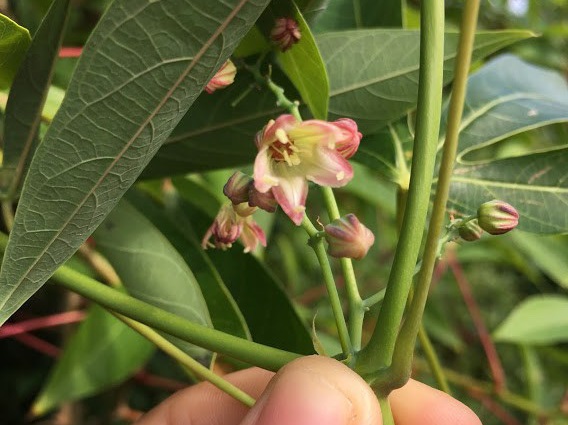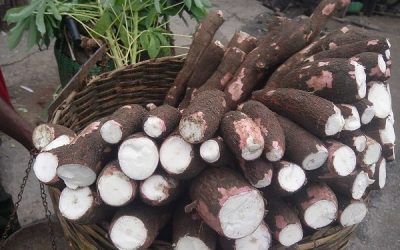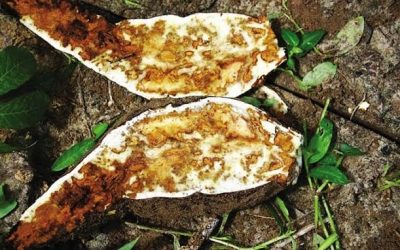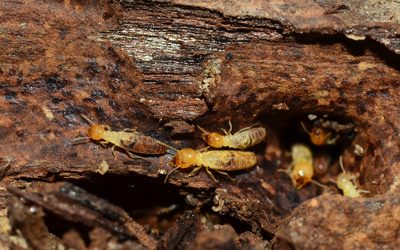How to pollinate Cassava plants

Cassava is one of the most important crops for tropical countries. Some of the objectives in breeding for this crop is to produce cassava with high yield, starch and harvest index, low hydrocyanic content, wide adaptation, resistance to pests and diseases and others.
Cassava is a monoecious crop – male and female flowers are separate from each other. Female flowers open first followed by male flowers (1-2 weeks after). Naturally, self- and cross-pollination occur in cassava.
Before doing pollination, check if the condition is favorable. It’s better if the sky is clear and there is low chance of rain for the whole day.
Prepare materials (i.e. glassine bag, uncoated paper clip, marker).
The first step is to determine female flowers that will open that day in the morning. One sure way to know that the female flower will open in the afternoon of the same day is to open one petal of an unopened female flower in the morning and check a drop of nectar on the basal part of the pistil.
After selecting the female flower that is about to open in the afternoon, cover it with glassine bag and secure with a clip.
In the afternoon, go back to your cassava plants. Opening of both male and female flowers usually begin from 12:00-2:00pm and remain open for a day. Gather male flowers available or those that you intend to cross in a small bottle/container/glassine bag.
Get one male flower and rub the pollen to the pistil of the female flower.
Put label on the glassine bag – include the cross combination and date of crossing.
Immediately cover the newly crossed male and female flowers with the labeled glassine bag and secure it with a clip.
Male and female flowers are highly receptive between 1:00-5:00pm and therefore pollination is best done during these hours. A male flower can be crossed to three female flowers.
After 1-2 weeks of pollination, cover the crossed flowers with small net bag that will protect the fruit from fruit fly and catch the seeds that naturally fall off at maturity (3 months after pollination).


